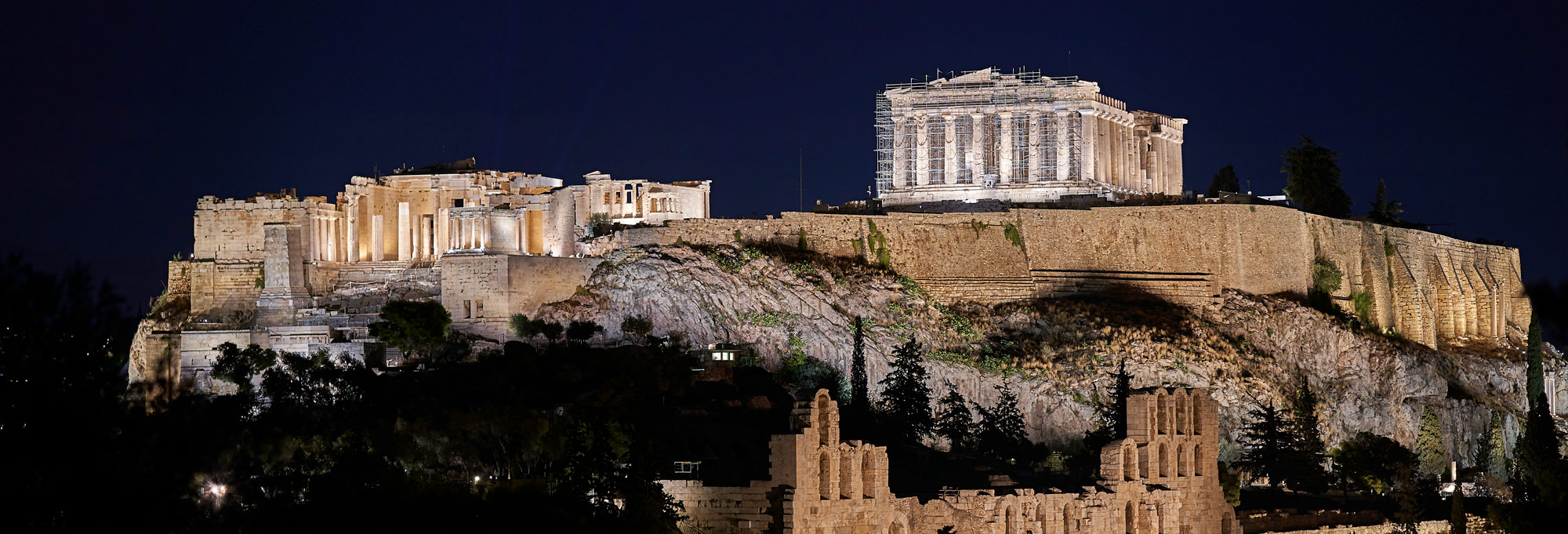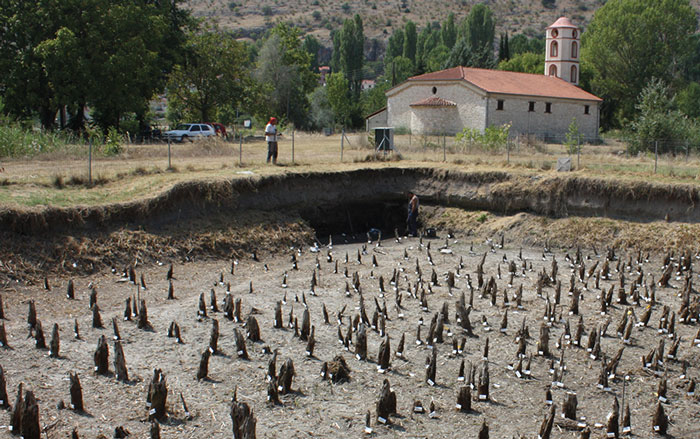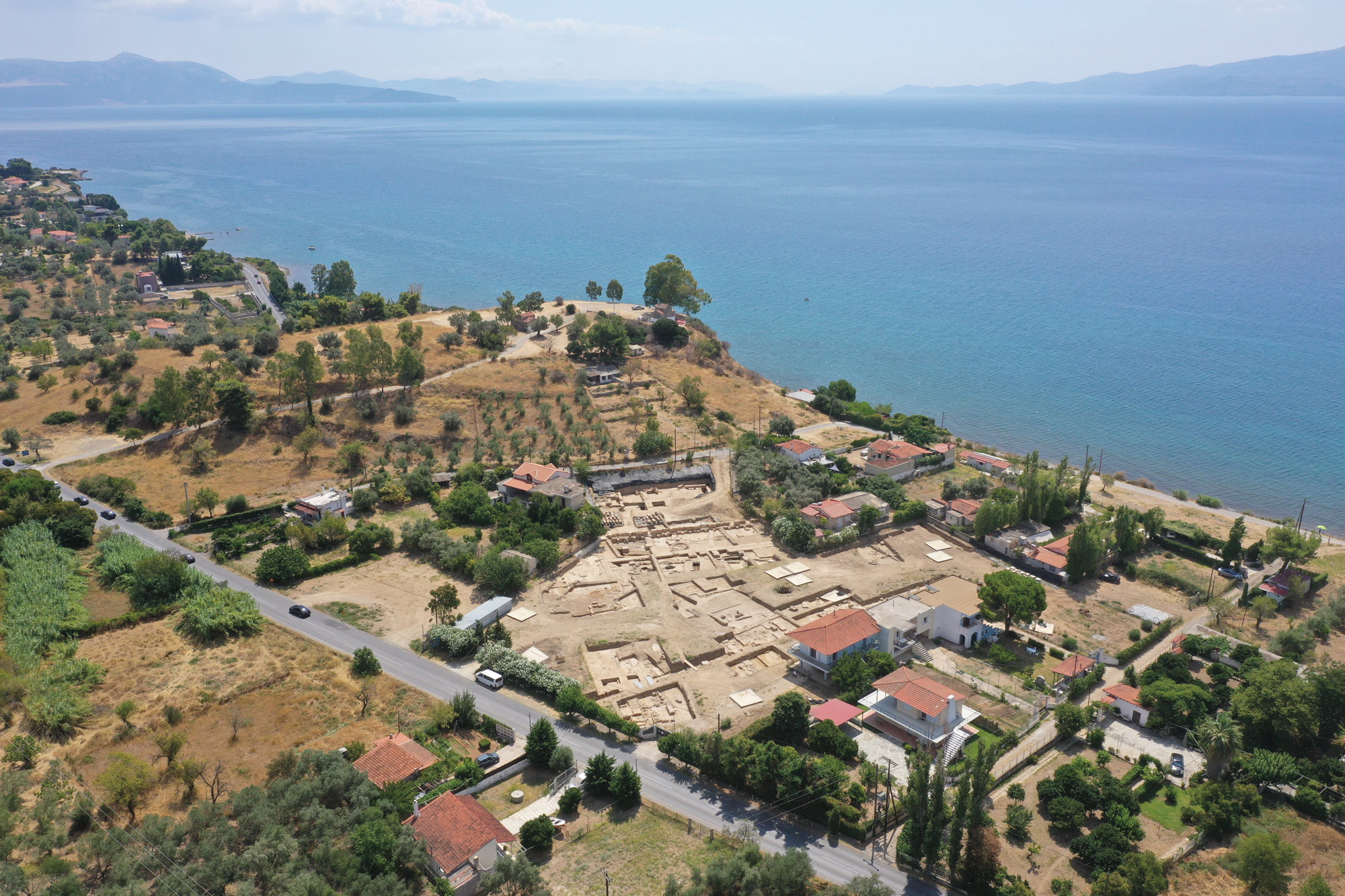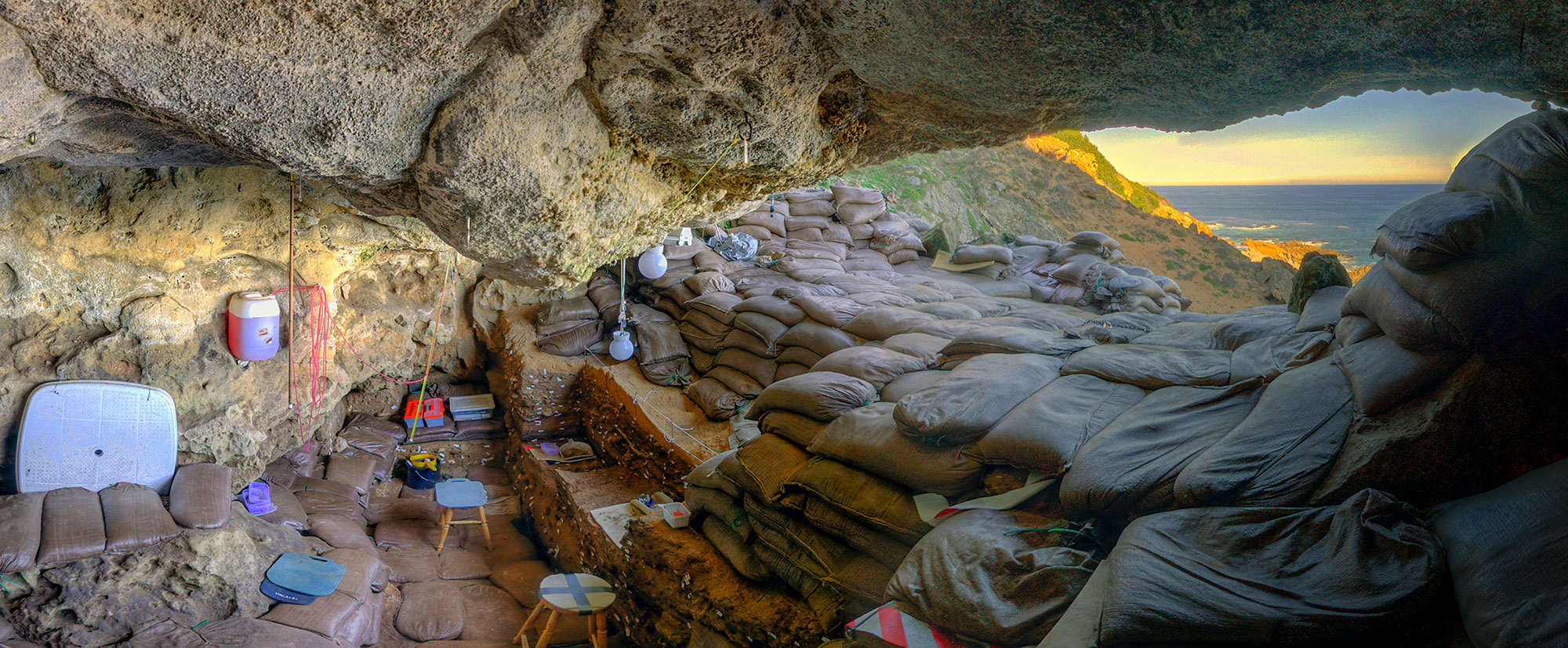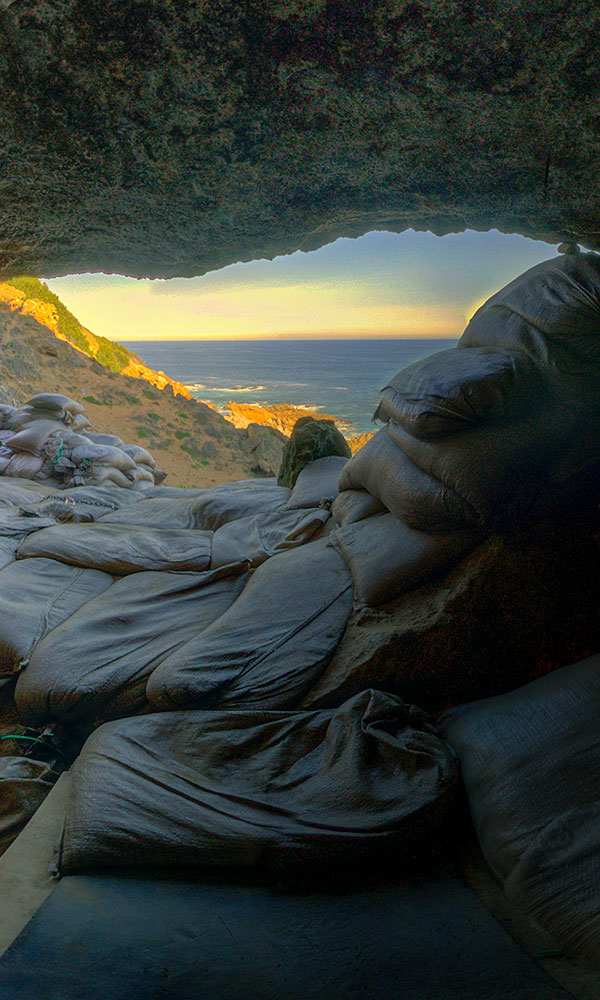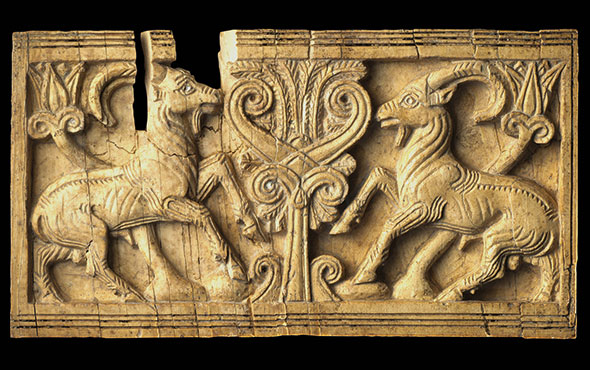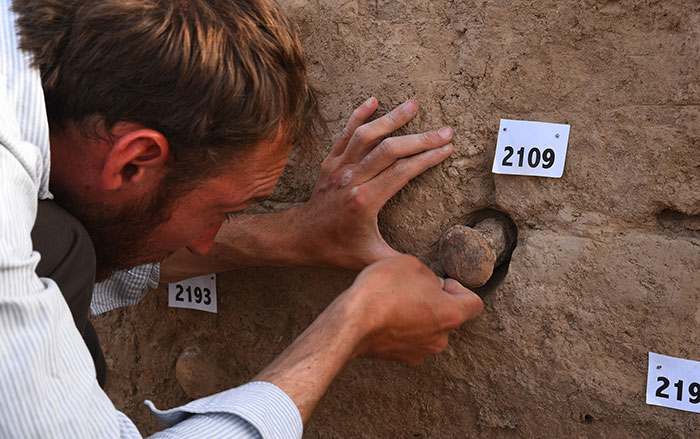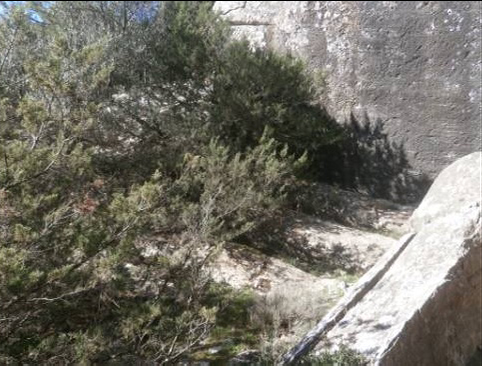
KARYSTOS, GREECE—According to The Greek Reporter, three ancient quarries were identified during the construction of wind farms on the Greek island of Euboea. The first quarry, located at the southeastern tip of the island, consists of two main faces of rock that were carved into the side of a mountain. Researchers also found large blocks of marble and two columns scattered in the area. The second quarry, featuring two small rock faces and some carvings, was found on a rocky hillside near a main road. Rock chips left over from mining were also found at this site. To the northwest of this mine, archaeologists found a larger quarry with sheer faces of rock that had been carved into the hillside. Rock chips, three partially finished columns, and a circular structure where tools may have been washed were found on the ground at this quarry site. Marble from this area was used to build pillars in nearby Athens and was transported to Rome, where it can still be seen in the agora. To read about the recent discovery of a 1,700-year-old excerpt of the Odyssey in Greece, go to “Epic Find.”



